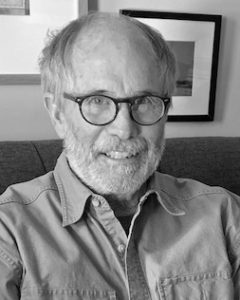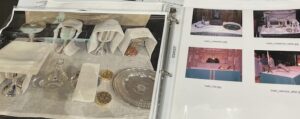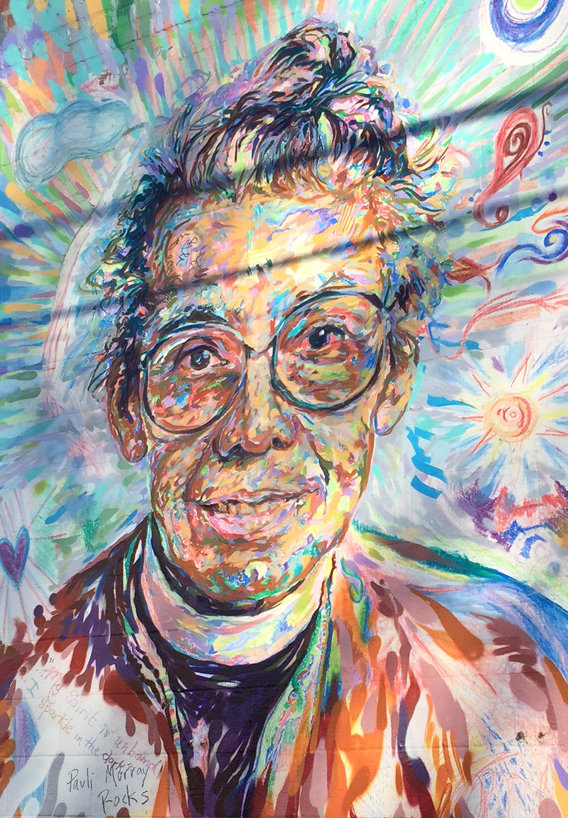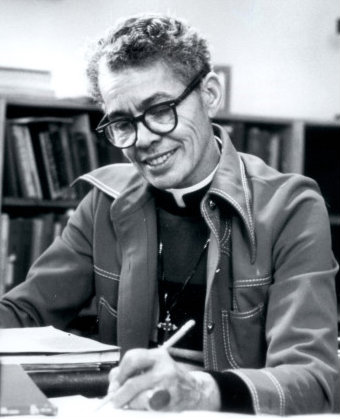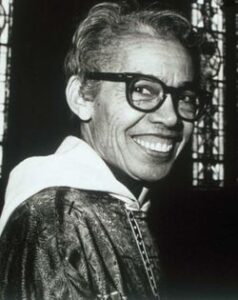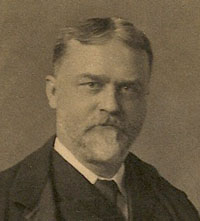Proper 7B. June 20, 2021
1 Samuel 17:57-18:5, 10-16. Jonathan loved him as his own soul.
2 Corinthians 6:1-13. See, now is the acceptable time. Now is the day of salvation.
Mark 4:35-41. Let us go across to the other side.
O God of our faith, grant us the strength, the wisdom and the courage to seek always and everywhere after truth, come when it may, and cost what it will.
Jesus had been teaching about the Realm of God being like seed scattered on all kinds of ground, and about the Realm of God being like kudzu (well, he said mustard, but an uncontrollable weed with medicinal qualities is what he was talking about). At the end of the same day that Jesus had been teaching the crowds, when evening had come, he said, “Let’s go over to the opposite shore, to the far shore. Let’s go to the eastern side of the lake to the region of the Geresenes, to the territory of the Greco-Roman Decapolis.” He was not suggesting a vacation.
Continue reading


